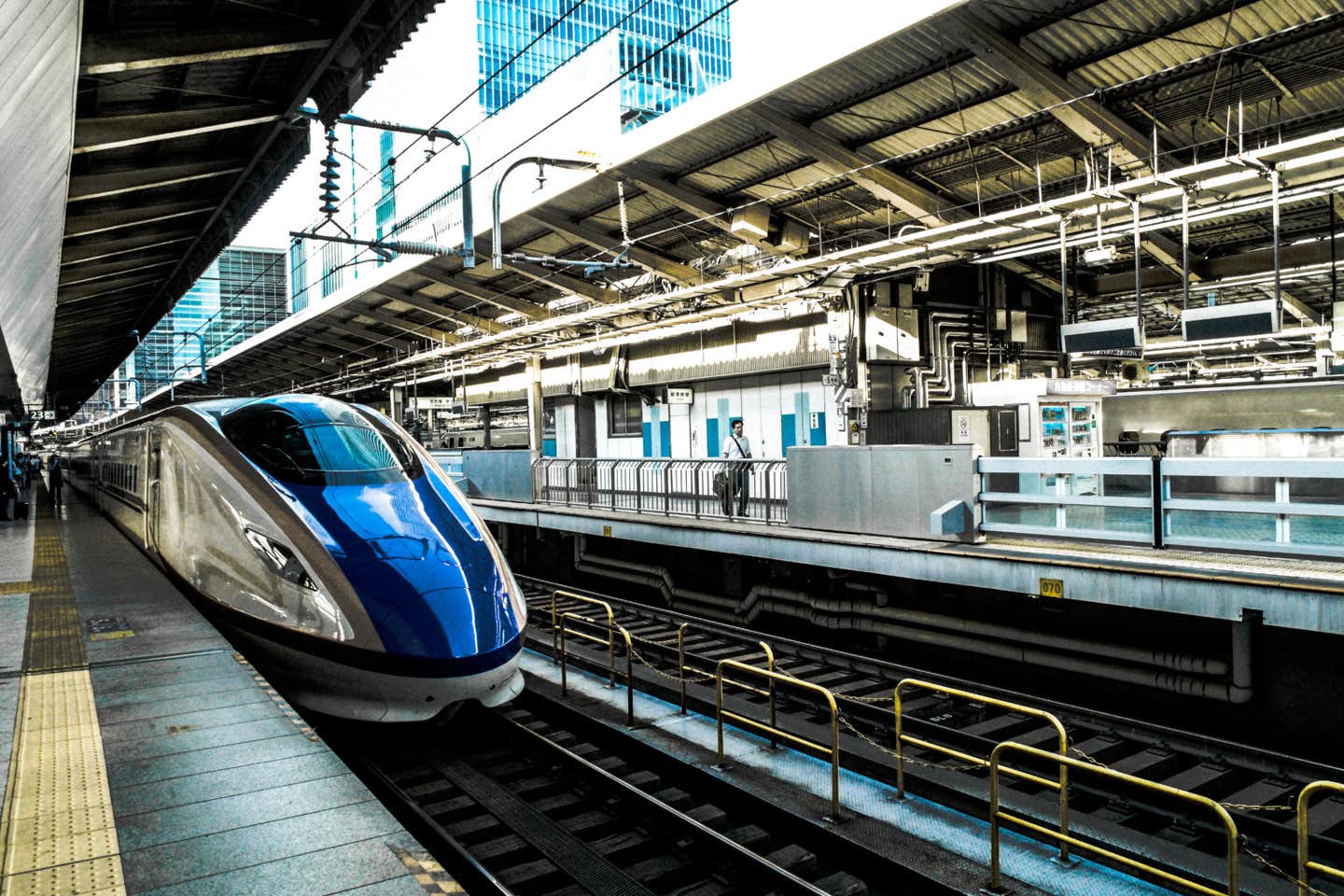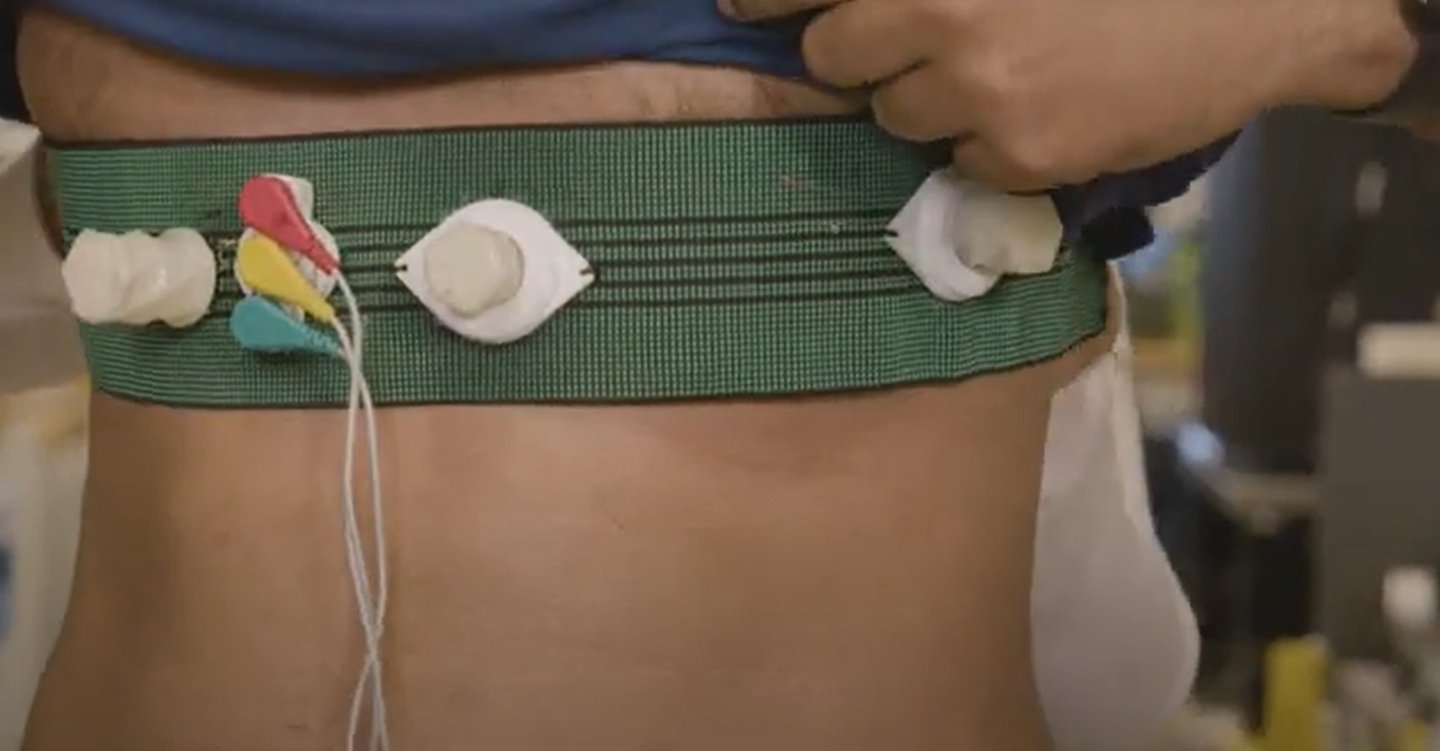All Aboard! Four Innovations Set to Revolutionize Rail Travel
[July 29, 2020: Red Herring] COVID-19 isn’t making much run fast—not least the productivity of tech journalists. But it might just push…

[July 29, 2020: Red Herring]
COVID-19 isn’t making much run fast—not least the productivity of tech journalists. But it might just push global rail travel back on track. The pandemic’s deadly spread has kept people indoors worldwide, and made air fares a distant memory. Year-on-year air passenger figures are down almost 100% on 2019. Europe’s airline capacity is down 90% alone.
That is good news for the environment. It’s also expected to prompt a renaissance in rail, which has lagged behind cheap air in recent years. Night-train routes are reemerging across Europe and Asia, and figures are up. A recent UBS report estimates that the European high-speed rail (HSR) market opportunity will almost double pre-corona projections to €11bn ($13bn) in 2022.
Combined with a greater governmental push toward green logistics, and 2020 might be a year for trains – if it’s a year for anything besides tragedy, Zoom calls and ennui: According to the International Energy Agency (IEA), rail carries 8% of the world’s passengers and 7% of global freight, but accounts for just 2% of total energy demand. The European Green Deal, announced earlier this year, aims to make Europe the first climate-neutral continent by 2050. Rail infrastructure is a huge part of that plan.
Here are four technological advances set to shake the sector up.
Like these kind of stories? Get The Brighter Side of News' newsletter.
5G Networks
Yes, 5G is at the heart of conversations from trade wars to wingnut conspiracies. But it’s also set to revamp rail networks across the world. The industry standard GSM-R communications system will be mothballed by 2030, paving the way for the new Future Railway Mobile Communication System (FRMCS).
The vast majority of operators favor using 5G to underpin the new network, which will require low latency to streamline rail operations. Nokia is leading the way, with its Nokia Bell Labs Future X architecture based on 5G technology.
“Railway undertakings and infrastructure managers will have to extend the rail network and run more trains to accommodate passenger growth, even doubling the number of travelers compared to previous years in some countries,” Monika Heiming, of the European Rail Infrastructure Managers association, told Global Railway Review recently. “High-end connectivity, digitalization and interoperability will be key components in meeting these ambitious goals.”
Battery-powered trains
Modern lithium-ion batteries aren’t just a prospect for cars. Powering trains with them would allow rail to reach areas of countries that aren’t electrified, saving vast amounts on infrastructure and pulling millions of commuters off the road.
The German state of Baden-Württemburg has already ordered 20 two-car trains from Siemens Mobility, which will deliver them by 2030. Canada’s Bombadier, meanwhile, has focused on hydrogen fuel-cell. In 2018 it launched the electro-hybrid Talent 3 train, that can cover up to 62 miles on non-powered tracks.
The US is one of the last remaining rail networks reliant on diesel fuel. Its GE Transportation is currently working on its own hybrid train, which is focused on heavy freight. The model will pack more than 2,400 kilowatt-hours, giving it a potential distance in the hundreds of miles. That will significantly reduce pollution, for an industry that shifts hundreds of billions of dollars of products at up to four times the fuel-efficiency of trucks.
Maglev
Maglev—a portmanteau of ‘magnetic levitation’—propels trains using a combination of magnets to reduce friction. Shanghai’s Transrapid, which connects Pudong Airport to the megacity, is the fastest maglev train currently operating, with a high speed of 268mph.
Japan’s Chuo Shinkansen, due to debut in 2027, will shatter the Transrapid’s record with speeds reaching 314mph. It will turn the 178-mile trek between Tokyo and Nagoya into a 40-minute dash.
But China may have the last word when it comes to maglev tech: It has recently tested what could be a 1,000kmph (621mph) train. That kind of sustained velocity could connect New York and Los Angeles in under four hours.
Hyperloop
Elon Musk’s long-envisioned Hyperloop—which is kind of like a train, right?—could in theory travel at speeds of over 700mph, turning that four-hour maglev trudge from NYC to LA into just over three hours.
But how likely is the Hyperloop to see light (at the end of a tunnel)? Well, the jury’s out: in 2017 Musk announced that his Boring Company, which would bore the Hyperloop’s connecting tunnels, had received “verbal government approval” to build a loop between NYC, Philadelphia, Baltimore and Washington, DC. Two years later Musk scaled down the plan, releasing a 505-page draft environmental assessment for “The Loop.”
“The potential future use of hyperloop technology is currently unknown,” the company writes. The future of transport may not be Boring at all. ....MORE



